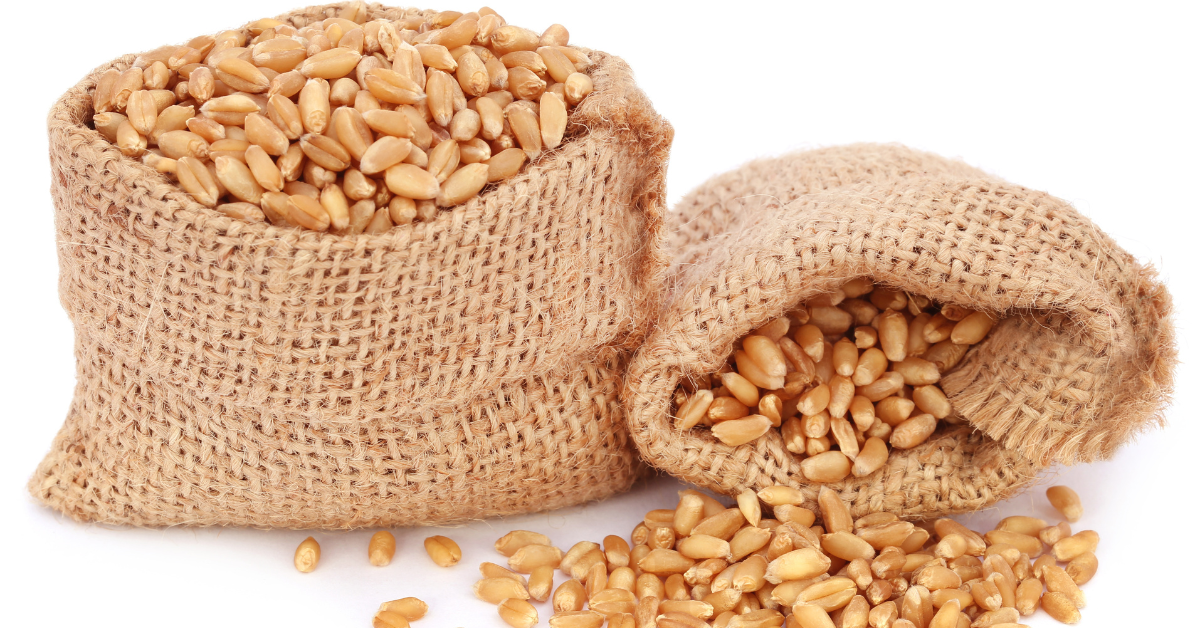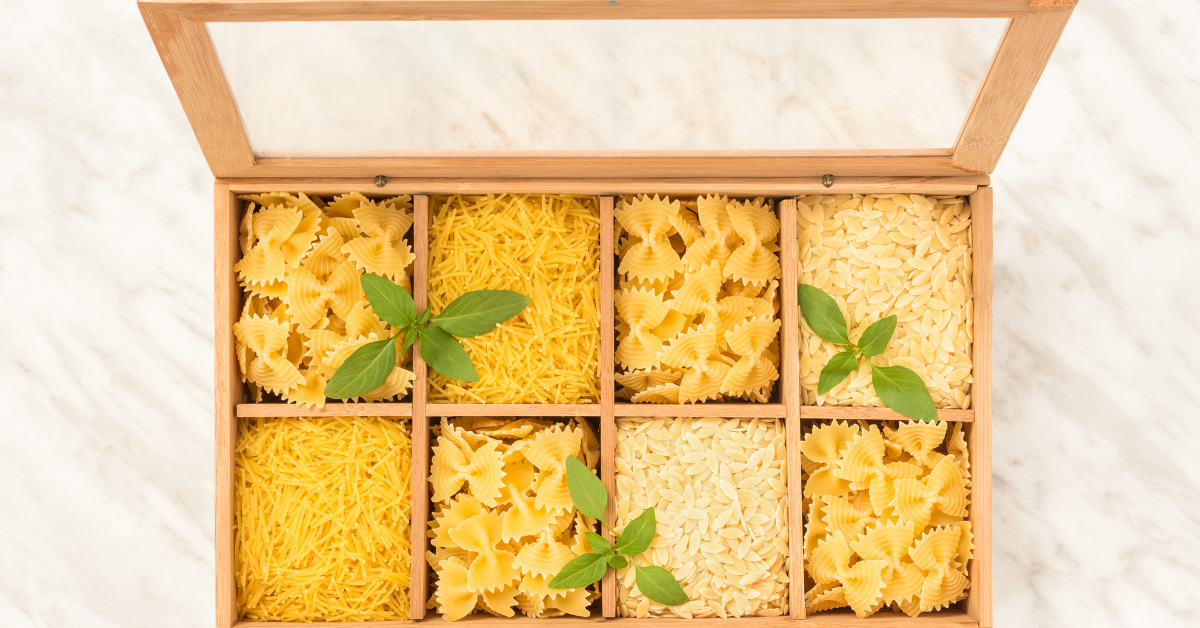Meals ready to eat, or MREs for short, have been a long-standing staple in pre-packaged food. MREs were initially created in the early 1980s to improve upon earlier forms of pre-packed rations used for military personnel. Since then, MREs have continued to play a role in providing nutrition to military personnel.
Nowadays, non-military personnel citizens have adopted MREs intourban prepping and emergency preparedness plans due to their relative convenience and impressive shelf life.
If you have also wondered, “How long do MREs last?” keep reading.
A Brief History of Military MREs

The original MRE was not that delicious. Luckily, over the years,MREs have changed a lot.
- 1981 – The MRE was first adopted and packed by the Department of Defense
- 1988 – Entree size was increased from five ounces to eight ounces
- 1994 – Graphics were added to increase the consumption and acceptance of MREs; MREs were made easier to open; and longer, biodegradable spoons were added to make MREs easier to eat, and more environmentally friendly
- 1996 – The menu count of MREs increased from 12 to 16 to decrease menu monotony
- 1989 – The menu count was increased to 24, where it remains today
The US military has worked hard to improve the food they provide to active duty members. Even so, it’s no secret thatsome military members don't like MREs. As such, MREs have even become nicknamed “meals rejected by everyone” or “meals rarely edible.”
Nevertheless, MREs continue to be eaten in the military because a better-tasting, more convenient, and shelf-stable alternative has yet to be created.
What’s Included in an MRE?
Believe it or not, MREs are not just vacuum-sealed bags full of cardboard-tasting food. A basic MRE kit will include a main entree, a side dish, bread or crackers with spread (think jelly or peanut butter), a dessert, drink mixes, utensils, and even seasonings. Most MREs will also come with aflameless ration heater to warm the MRE.
Some classic examples of MRE varieties include:
- Beef ravioli
- Cheese tortellini
- Spaghetti and meatballs
- Chili with beans
- Egg noodles with vegetables
Typical MREs contain about 1,250 calories; however, some civilian MREs may contain slightly less. Regardless, if you are eating three MREs a day, that’s plenty of nutrition to survive.
How Long Do MREs Last?
MREs do not come with an official expiration date. How long an MRE lasts is based on how long and at what temperature it is stored. Typically, the colder or closer to room temperature, the better. However, don’t go too cold—freezing your MREs may ruin them.
|
Estimated Shelf Life of MREs |
|
|
Temperature in Degrees Fahrenheit |
Shelf Life in Months |
|
120 |
1 |
|
110 |
2 |
|
100 |
6 |
|
90 |
18 |
|
80 |
36 |
|
70 |
40 |
|
60 |
48 |
|
50 |
60 |
Temperature plays an essential role in how long MREs last. Other crucial factors that enhance the shelf life of MREs are how the food is prepared and the MRE packaging.
In most cases, MREs do not contain additives or preservatives. Instead, MREs only contain fully cooked food. Like cooking at home, cooking the food kills off any bacteria and viruses that could contaminate the food. Afterward, the food is sterilized as a secondary precaution.
To further prolong the shelf life, some ingredients in the MRE are salted to absorb moisture and more efficiently preserve the food.
Lastly, all the ingredients are sealed into oxygen-free airtight containers. MRE containers prevent the food from oxidizing and from allowing bacteria and germs into the food.
Guidelines for Using and Storing MREs

Unfortunately, MREs are not stamped with an expiration date. The reason is that how they are stored dictates their shelf life. As we learned above, the closer you can store your MREs to consistent room temperature (if not slightly colder), the better.
On the other hand, MREs do come with a manufacturing date. However, it’s not as simple as checking other processed foods' manufacturing dates.
What you are looking for is a four-digit code. The first digit indicates the year the MRE was manufactured. For example, a five would indicate 2015, and an eight would indicate 2018.
The following digits in the code tell you the day of the year. For example, 425 indicates April 25th, and 828 indicates October 28th.
Tips for Extending the Shelf Life of MREs
How long an MRE lasts in your food storage will depend on how it’s stored. To extend the shelf life of your MREs, we recommend following these tips:
- Store your MREs in cool, dry, and dark locations that do not experience temperature fluctuations.
- Ideally, your MREs will be stored inside a more robust container, like a food bucket.
- Take precautions for rodents and other vermin that can gnaw through the MRE packaging.
- Avoid purchasing secondhand MREs.
- Keep your MREs off the ground.
- Refrain from freezing your MREs.
- Monitor your stock of MREs and rotate the meals as needed.
Warning Signs Your MRE Has Spoiled
It is possible for MREs to spoil, especially if they are not stored correctly. Here are some warning signs to look out for if you are questioning the freshness of MREs:
-
Damaged packaging. Holes or weaknesses in the packaging can let oxygen inside and oxidate (spoil) the food.
-
Swollen packaging. Swollen packaging may indicate thatbacteria are growing inside, which pressurizes the package.
-
You know or suspect the MRE has been stored in hot temperatures.
- It smells or tastes suspicious. Trust your senses—if it smells like it shouldn’t, then ditch it.
Alternatives for Long-Term Food Storage
MREs should not be the only emergency food you have stockpiled. Other types of emergency food may be more suitable for you and your family. Regarding other types of food storage, we like to organize them into three categories:
-
Short-term food: We recommend having a minimum two-week supply of short-term foods in stock. Short-term foods include fresh fruits, vegetables, meats, dairy products, and fresh bread.
-
Medium-term food: The food items in this category include “non-perishable” and processed items, as well as bulk dried or raw food items. Medium-term foods have a shelf life of one to three years; for example, canned items, MREs, pasta, beans, rice, dried herbs, and frozen foods.
-
Long-term food: The most important category is long-term food storage. This category includes foods that will last several decades. To reap the full benefits of long-term food storage, we recommended investing in professionally freeze-dried (or dehydrated) and packaged emergency food that comes in ready-to-store food buckets.
[product_render product-handle="freeze-dried-meat-6-pack"]
Final Thoughts On How Long MREs Are Good For
MREs have played an essential role in keeping our country’s military personnel fed while in the field and away from home for long stints of time. Their lightweight durability, reliable packaging, and nutrient-dense food are perfect for consuming on the go.
Because of that, MREs have commonly been adopted into emergency food storage plans. For the self-reliant prepper, MREs generally shine as a component inbug-out bags. However, we advocate for professionally-madeemergency food for a more robust and reliable food storage plan.
To learn more aboutthe best prepper food, visit our website.



